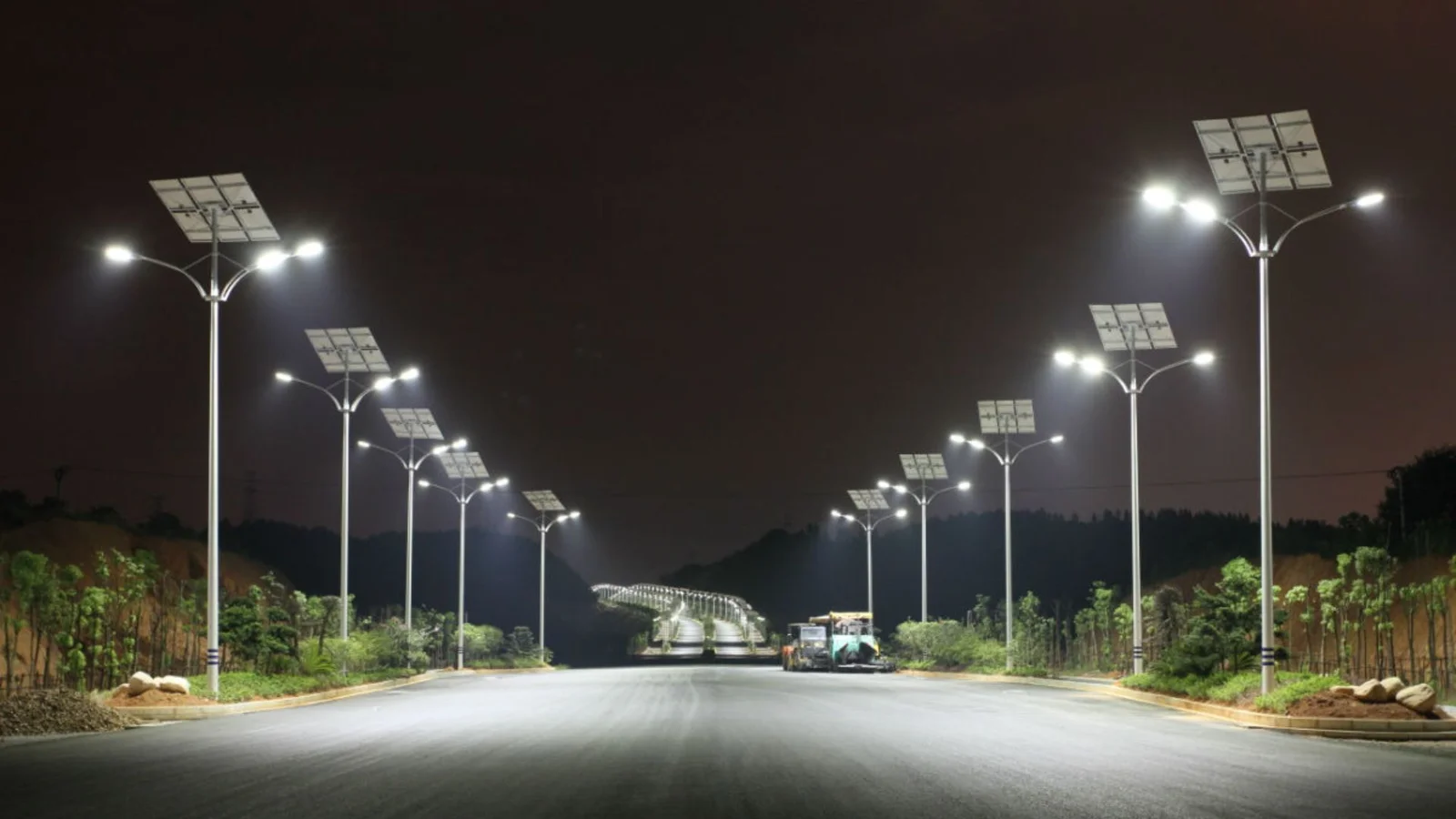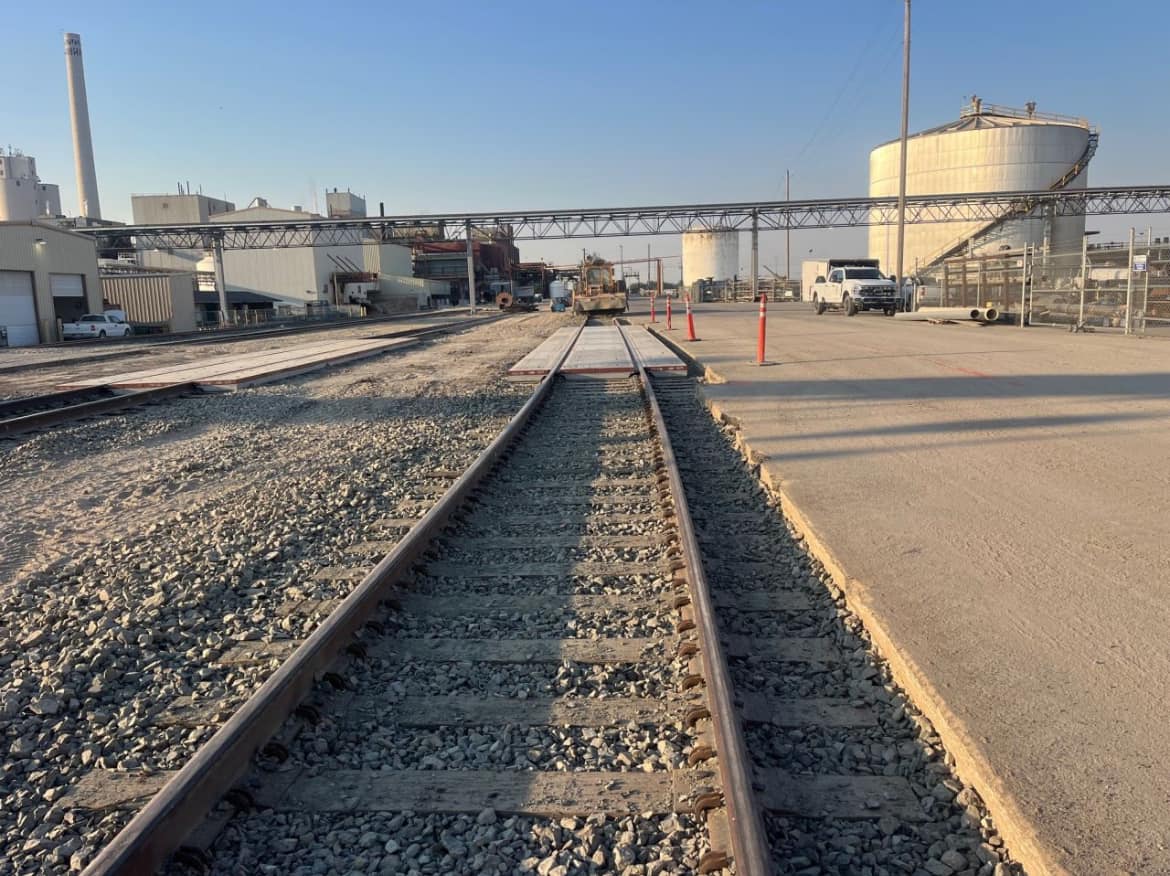In an era where urbanization and industrial growth continue to surge, the call for sustainable infrastructure has never been louder. Cities and communities across the globe are seeking energy solutions that are not only efficient but also environmentally responsible. Among the leading innovations, solar energy stands out as a cornerstone of this transition. It offers a clean, renewable, and abundant power source that is shaping the future of infrastructure in profound ways. At KP Smart Energy, we believe that harnessing solar energy is not just an option—it’s a necessity for sustainable progress.
Understanding Sustainable Infrastructure
Sustainable infrastructure refers to the design, construction, and operation of infrastructure that reduces environmental impact, conserves resources, and supports economic and social development. It’s about building systems—roads, buildings, power grids, and more—that meet today’s needs without compromising the needs of future generations.
The Challenge with Conventional Energy
Traditional energy sources, such as coal, oil, and natural gas, play a major role in powering infrastructure worldwide. However, these sources are finite and come with significant drawbacks: greenhouse gas emissions, environmental degradation, and volatile market prices. As infrastructure demands increase, the pressure on these unsustainable systems becomes more evident.
The Shift Towards Renewable Energy
Renewable energy, particularly solar energy, offers a viable path forward. It aligns perfectly with the goals of sustainable infrastructure by providing an endless source of power that reduces carbon footprints and fosters energy independence. Solar solutions can be implemented across various infrastructure projects, from powering buildings and streetlights to running transportation systems.
What Makes Solar Energy Ideal for Infrastructure?
Solar energy has emerged as a leading force in the clean energy revolution, and for good reason. It combines efficiency with adaptability, making it suitable for a wide range of applications in both urban and rural settings.
Abundant and Renewable
The sun is an infinite resource. Even on cloudy days, solar panels can harness sunlight to generate electricity. Unlike fossil fuels, solar energy doesn’t deplete over time, ensuring a long-term solution for power needs.
Low Environmental Impact
Producing solar power results in no direct greenhouse gas emissions. By integrating solar systems into infrastructure projects, cities can significantly reduce their carbon footprints and combat climate change more effectively.
Cost-Effective Over Time
While the initial investment in solar panels and systems can be substantial, the long-term savings are undeniable. Once installed, solar systems have minimal maintenance costs and drastically reduce electricity bills, making them a smart economic choice for infrastructure development.
Applications of Solar Energy in Sustainable Infrastructure
The versatility of solar energy makes it ideal for integration across different sectors of infrastructure. Below are some of the most impactful applications.
Solar-Powered Buildings
Buildings account for a large portion of global energy consumption. Integrating solar panels into rooftops or building facades can transform residential, commercial, and industrial buildings into energy-efficient structures. Solar-powered HVAC systems, lighting, and water heating contribute to sustainability goals while lowering operational costs.
Solar Street Lighting
Cities worldwide are switching to solar streetlights to reduce grid dependency and improve public safety. These lights are equipped with photovoltaic panels and energy storage systems, allowing them to function independently and even during power outages. KP Smart Energy specializes in high-efficiency solar lighting systems that offer reliable performance and long-term durability.
Solar Transportation Infrastructure
From solar-powered charging stations for electric vehicles (EVs) to solar canopies at bus stops and train stations, the transportation sector is seeing a green overhaul. These integrations support eco-friendly commuting while easing the burden on traditional power supplies.
Smart Grids and Microgrids
Solar energy plays a pivotal role in the development of smart grids and microgrids. These localized energy systems use solar panels to generate electricity, store excess power in batteries, and distribute it efficiently. This enhances grid resilience and ensures uninterrupted power in critical areas like hospitals and schools.
The Role of KP Smart Energy in Promoting Solar Solutions
At KP Smart Energy, our mission is to empower communities with clean and reliable solar technologies. We offer tailor-made solar solutions that support both small- and large-scale infrastructure projects.
Custom Design and Installation
Every infrastructure project is unique. Our team works closely with clients to design and install solar systems that meet specific energy requirements and environmental conditions. Whether it’s a rural electrification project or a smart city initiative, we ensure optimal system performance and long-term value.
Technological Innovation
We stay at the forefront of solar technology by investing in research and innovation. From high-efficiency panels to advanced battery storage, we provide cutting-edge systems that maximize energy output and reliability.
Commitment to Sustainability
Our work extends beyond technology—we’re committed to creating a greener planet. We follow environmentally responsible practices in all stages of our operations and actively contribute to local and global sustainability goals.
Solar Energy and the Global Sustainable Development Goals (SDGs)
The United Nations Sustainable Development Goals offer a blueprint for peace and prosperity. Solar energy directly supports several of these goals, making it an essential part of global development strategies.
SDG 7: Affordable and Clean Energy
Solar energy ensures universal access to affordable, reliable, and modern energy services. It helps bridge the energy gap in underdeveloped regions and promotes inclusive development.
SDG 11: Sustainable Cities and Communities
Urban centers that integrate solar solutions benefit from improved air quality, reduced emissions, and greater energy security. Solar energy helps create smarter and more resilient cities.
SDG 13: Climate Action
The use of solar energy directly reduces reliance on fossil fuels, leading to lower carbon emissions and a slower rate of global warming. This is vital in the fight against climate change.
Overcoming Barriers to Widespread Adoption
Despite its many advantages, the adoption of solar energy still faces some challenges. Understanding and addressing these barriers is key to advancing sustainable infrastructure globally.
Upfront Costs
Although prices for solar technologies have decreased significantly, the initial cost can still deter some projects. However, financial incentives such as tax credits, subsidies, and leasing options are making solar more accessible than ever before.
Public Awareness
Many individuals and institutions are still unaware of the full benefits of solar energy. Education and outreach programs are essential to highlight how solar systems can be both economically and environmentally beneficial.
Regulatory and Policy Frameworks
Supportive policies are crucial for the expansion of solar infrastructure. Governments must streamline permitting processes, promote net metering, and invest in solar-friendly legislation to encourage adoption.
The Future Outlook of Solar Energy in Infrastructure
The future of infrastructure is inextricably linked with clean energy, and solar energy will be at the forefront of this transformation. Technological advancements such as solar glass, solar roads, and integrated energy management systems are poised to redefine how we design and operate infrastructure.
As the global focus on sustainability intensifies, businesses, governments, and individuals will increasingly rely on solar solutions to meet energy demands responsibly. Innovations in storage technologies and AI-driven energy optimization will further enhance the performance and appeal of solar systems.
KP Smart Energy is proud to be part of this exciting journey. Our continued dedication to excellence and sustainability ensures that we remain a trusted partner in building a cleaner, smarter, and more resilient world.
Conclusion
Solar energy is no longer a futuristic concept—it is a present-day solution that plays a vital role in shaping sustainable infrastructure. Its environmental benefits, economic feasibility, and adaptability make it an essential component of any infrastructure development plan. As we move toward a future defined by smart cities, clean technology, and responsible energy consumption, the integration of solar energy will only become more critical.
At KP Smart Energy, we believe in powering progress with purpose. Our solar solutions are designed to meet the evolving needs of infrastructure while promoting a healthier planet. By embracing solar energy today, we lay the foundation for a brighter and more sustainable tomorrow.



